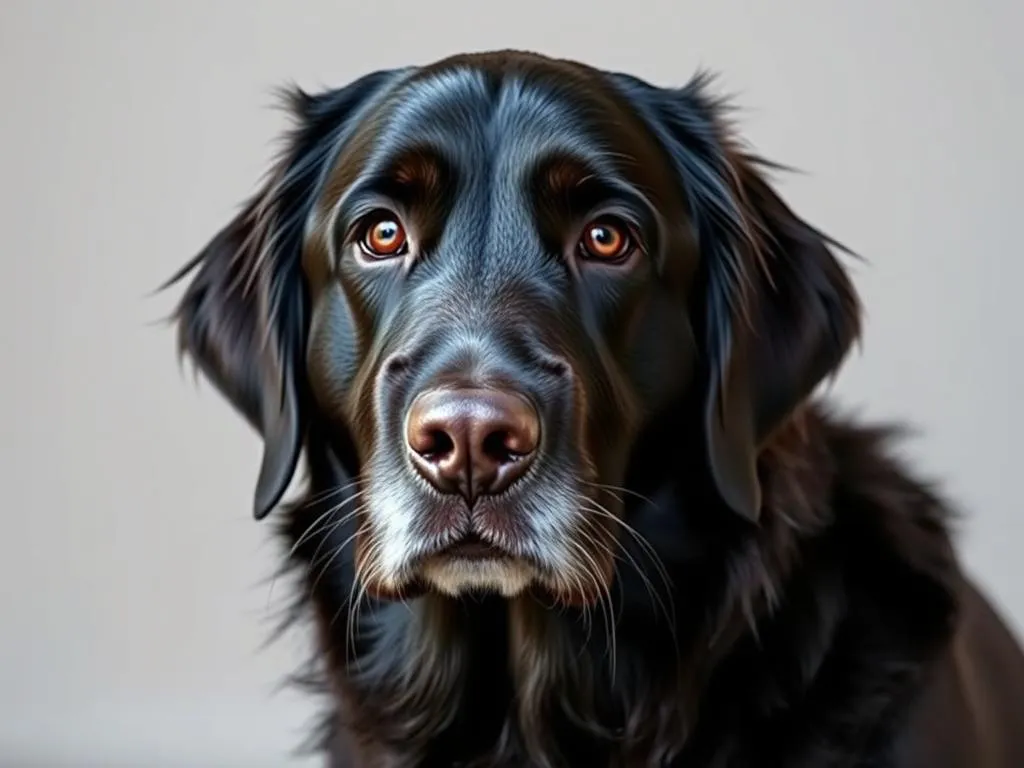
Dogs are among the most diverse animals in the world, with a vast range of breeds, each possessing unique characteristics, temperaments, and appearances. When choosing a dog, understanding the intricacies of different breeds is crucial. Among the many breeds, the Long Haired Labrador stands out as a unique and desirable option for dog lovers. This article delves into the fascinating world of dog breeds, with a special focus on the Long Haired Labrador, exploring its characteristics, care needs, and much more.
Understanding Dog Breeds
Definition of Dog Breeds
A dog breed is defined as a specific type of dog that has been selectively bred for particular traits and characteristics. This includes physical attributes like size, coat type, and color, as well as behavioral traits such as temperament and instinctual drives. Breed standards play a vital role in maintaining these characteristics, ensuring that dogs are bred to meet specific criteria that define their breed.
Factors Influencing Dog Breeds
The history of dog breeds is rich and varied, often reflecting the roles that dogs have played alongside humans. Many breeds were developed for specific purposes, such as hunting, herding, or guarding. Genetic factors and breeding practices have also influenced the development of breeds over time, leading to the distinct varieties we see today.
Overview of Labrador Retrievers
History of the Labrador Retriever
The Labrador Retriever, one of the most popular dog breeds worldwide, originated in Newfoundland, Canada, in the 19th century. Initially bred to assist fishermen by retrieving fish and nets, the breed was later refined in England. Today, Labradors are known for their versatility and have excelled in roles such as hunting, service dogs, and beloved family companions.
Characteristics of Labrador Retrievers
Labrador Retrievers are known for their friendly and outgoing personalities. They typically have a sturdy build, with males weighing between 65-80 pounds and females between 55-70 pounds. Their coat is generally short and dense, coming in three standard colors: black, yellow, and chocolate. Labradors are highly intelligent and eager to please, making them excellent candidates for training.
Long Haired Labrador: An In-Depth Look
What is a Long Haired Labrador?
The Long Haired Labrador is a variation of the standard Labrador Retriever, characterized by its longer, softer coat. While not officially recognized by major kennel clubs, this variation has gained popularity among dog enthusiasts. One common misconception is that all Labradors have short hair; however, the Long Haired Labrador showcases a different aesthetic that many find appealing.
Physical Characteristics
The most distinguishing feature of the Long Haired Labrador is its coat. With longer hair, particularly around the ears, chest, and tail, these Labradors require more grooming than their short-haired counterparts. The coat can vary in length and texture but is often silky and wavy. In contrast to short-haired Labradors, the Long Haired Labrador may have a softer appearance, appealing to those looking for a more refined look in their canine companion.
Temperament and Behavior
The temperament of the Long Haired Labrador is similar to that of standard Labradors. They are friendly, intelligent, and eager to engage with their families. Their social nature requires regular interaction with people and other pets. Early training and socialization are crucial to ensure that these dogs grow up to be well-adjusted and confident in various environments.
Care and Maintenance of Long Haired Labradors
Grooming Needs
Regular grooming is essential for the Long Haired Labrador to keep their coat healthy and free of mats. A weekly brushing with a slicker brush can help manage shedding and maintain coat quality. Bathing should be done as needed, typically every few months, to keep their skin and coat clean.
Health Considerations
Like all Labradors, Long Haired Labradors can be prone to certain health issues, including hip dysplasia, elbow dysplasia, and obesity. Regular vet check-ups and a healthy diet are vital to preventing health problems. Responsible breeding practices can also reduce the risk of genetic conditions, so it’s essential to choose a reputable breeder.
Diet and Nutrition
The nutritional needs of the Long Haired Labrador are similar to those of other Labradors. A balanced diet rich in high-quality protein, healthy fats, and essential vitamins and minerals is crucial for their overall health. Owners should consult with a veterinarian to determine the best feeding practices and portion sizes tailored to their dog’s individual needs.
Training and Socialization
Basic Training Techniques
Obedience training is crucial for Long Haired Labradors, as it helps establish a strong bond between the dog and owner. Positive reinforcement methods, such as treats and praise, are effective in teaching commands and behaviors. Consistency is key, and training sessions should be kept short and engaging to maintain the dog’s interest.
Socialization Practices
Early socialization is essential for Long Haired Labradors to develop into well-rounded dogs. Exposing them to various environments, people, and other animals from a young age will help them become confident and adaptable. Group training classes can be beneficial for socialization, providing opportunities to interact with other dogs and people in a controlled setting.
Long Haired Labrador in Comparison to Other Breeds
Comparison with Other Labrador Varieties
The Long Haired Labrador differs notably from its short-haired relatives. While both types share similar temperaments and intelligence, the Long Haired Labrador has a distinct appearance that requires more grooming. Additionally, the long-haired variety may be perceived as more elegant, appealing to those who prefer a softer look in their pets.
Pros and Cons of Owning a Long Haired Labrador
Owning a Long Haired Labrador comes with its advantages and challenges.
Advantages:
– Unique and appealing appearance
– Friendly and sociable temperament
– Adaptable to various living situations
Challenges:
– Requires more grooming and maintenance
– Potential for common health issues
– May be more prone to matting in the coat
Finding and Choosing a Long Haired Labrador
Where to Find Long Haired Labradors
When looking for a Long Haired Labrador, prospective owners should consider both reputable breeders and adoption centers. Reputable breeders who specialize in this variety can provide health clearances and information about the puppy’s lineage. Adoption centers may occasionally have Labradors with longer coats, offering a chance to give a dog in need a loving home.
Questions to Ask Breeders/Adoption Centers
When evaluating potential sources for a Long Haired Labrador, it’s essential to ask the right questions:
- What health screenings have been performed on the puppy’s parents?
- Can you provide references from previous puppy buyers?
- What is the puppy’s living environment like?
- How has the puppy been socialized?
Understanding the dog’s background can help ensure a positive experience for both the owner and the pet.
Conclusion
The Long Haired Labrador is a distinctive and charming variation of the beloved Labrador Retriever. With its unique coat and friendly demeanor, it makes a wonderful companion for families and individuals alike. When considering a dog, it’s essential to take into account the specific characteristics and needs of the breed. The Long Haired Labrador offers a blend of beauty, intelligence, and loyalty that is hard to resist.
If you’re contemplating adding a dog to your family, consider the Long Haired Labrador as an option. With the right care, training, and love, these dogs can become cherished members of your household.









